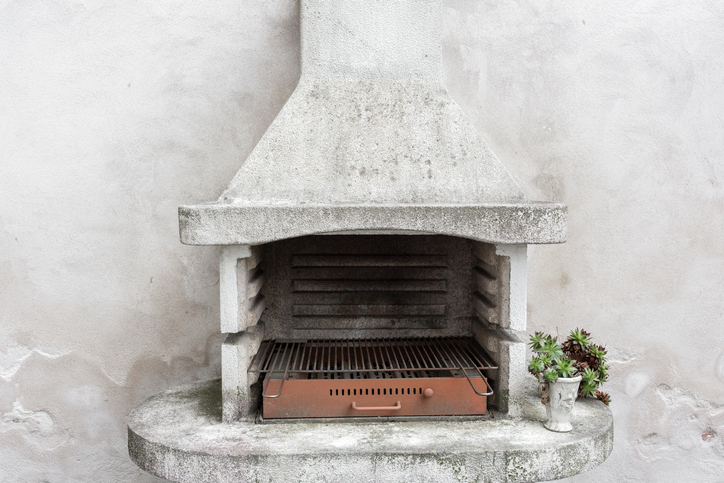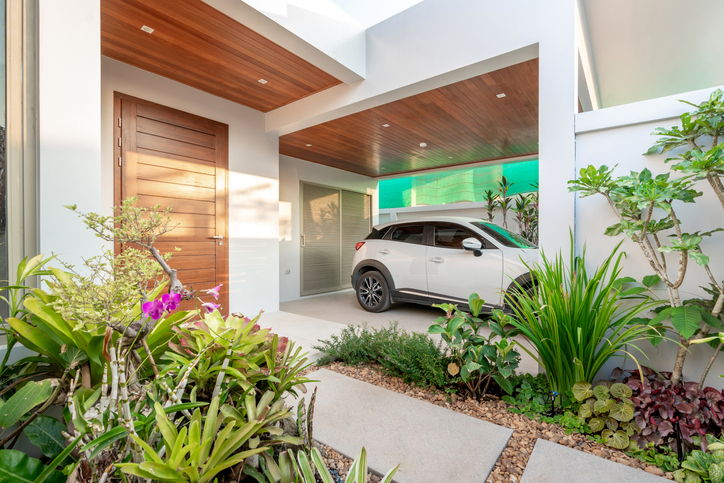It’s February, and spring is just around the corner. Even though it’s still cold outside, now’s the time to start making plans for your spring and summer landscape.
But not so fast: Did you know that landscaping is a common cause of disputes, and even lawsuits, between neighbors?
If you’re planning on adding a fence, removing a tree, or even putting up string lights, then you’ll want to make sure that you take a moment and make sure that those changes won’t cause problems between you and the people who share your property lines. Follow these tips to avoid problems with your next backyard improvement and keep your relationship with the Joneses upbeat.
1. Fences and retaining walls
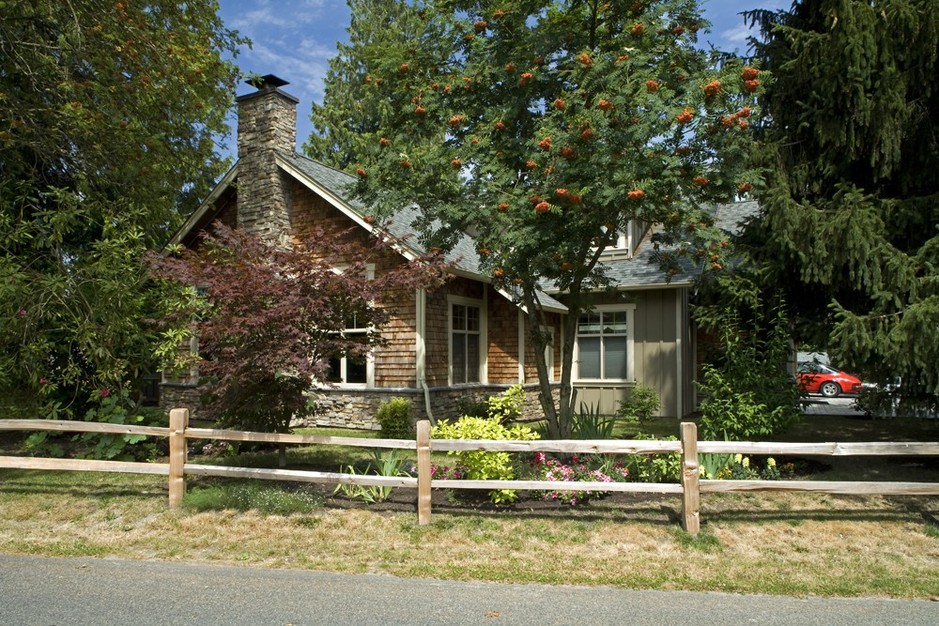 Photo courtesy of Gelotte Hommas
Photo courtesy of Gelotte Hommas
When in doubt, make sure that check the boundary lines of your property before you put up a new fence or start designing your garden. Frequently, these boundaries have shifted over time or aren’t located in the most obvious place. If you accidentally encroach on your neighbor’s yard, you could have to choose between undoing the work you’ve accomplished, and an expensive lawsuit.
2. Sports and recreation areas
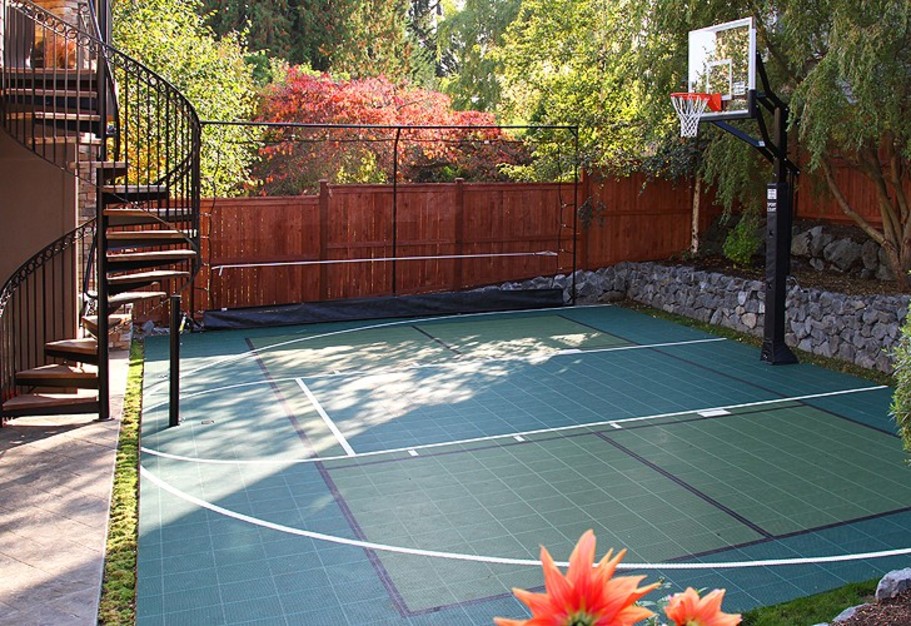 Photo courtesy of Jonathan Matthews Design Group
Photo courtesy of Jonathan Matthews Design Group
If you’re planning to add a basketball court to your driveway so your daughter can pursue her hoop dreams, make sure to check into lighting, noise, and other potential changes that your neighbors will notice first. Your local municipality or homeowners association might restrictions and guidelines in place for this very reason; make sure that you take them into consideration when you’re making changes. Chances are, there are some limits to how bright your lights can be, or how much noise such additions can generate. If you overstep those limits, your neighbors could call foul.
3. Trees, shrubs, and plants
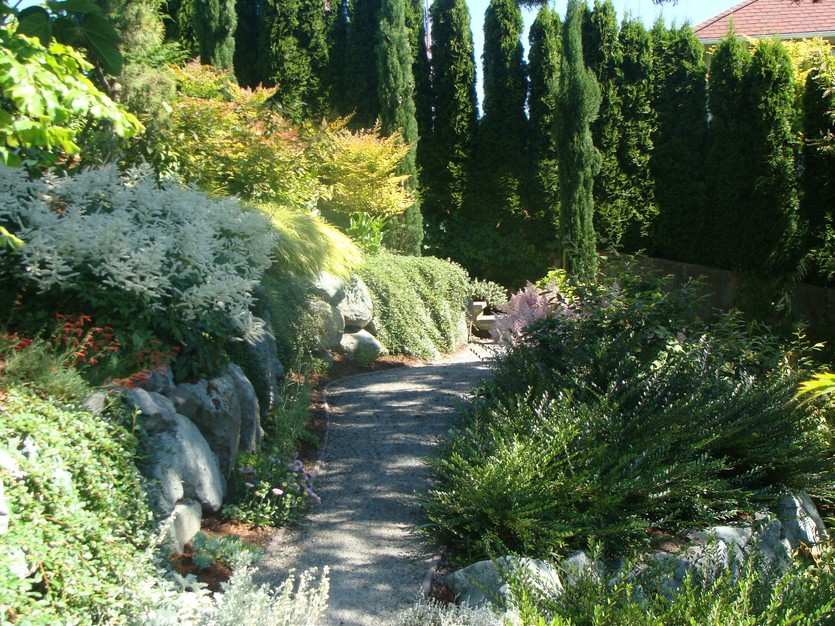 Photo courtesy of Brooks Kolb LLC
Photo courtesy of Brooks Kolb LLC
Before adding or removing any trees, bushes, or other foliage, double check to make sure these items fall squarely within your property and your possession. Give consideration, also, to how the removal of that plant affects surrounding properties. Will cutting down a stand of trees make your neighbor’s home more likely to be subject to flooding or wind damage? Will a sapling’s roots eventually crack your neighbor’s cement patio? If the answer is yes, then you could be liable for any such damage. Make sure you communicate with your neighbor and with your insurance agent before making any changes that could impact the properties that share your space.
4. Irrigation and water features
 Photo courtesy of Edmund D. Hollander Landscape Architect Design
Photo courtesy of Edmund D. Hollander Landscape Architect Design
Whether you want to add a koi pond by your bay window or plan on xeriscaping your front lawn, improvements that affect the flow of water around your property is a big deal to your neighbors. Erosion, changes in elevation, and other major improvements may create an unwelcome surprise for both you and a neighbor when you both discover that your newly installed water treatment creates storm runoff that floods their backyard pool. Consult an expert when making these changes to avoid any potential problems.
5. Structures (even small ones)
 Photo courtesy of Ultrarock Builders
Photo courtesy of Ultrarock Builders
Building a shed, deck, or greenhouse in your backyard? There may be permits to obtain and boundary restrictions to consider before you can add permanent structures to your property. Additionally, some homeowners associations have strict guidelines that govern the size of such structures. Make sure you’re on the right side of the law before beginning such improvements, or you could find yourself forced to remove them.
6. Lights and decorations
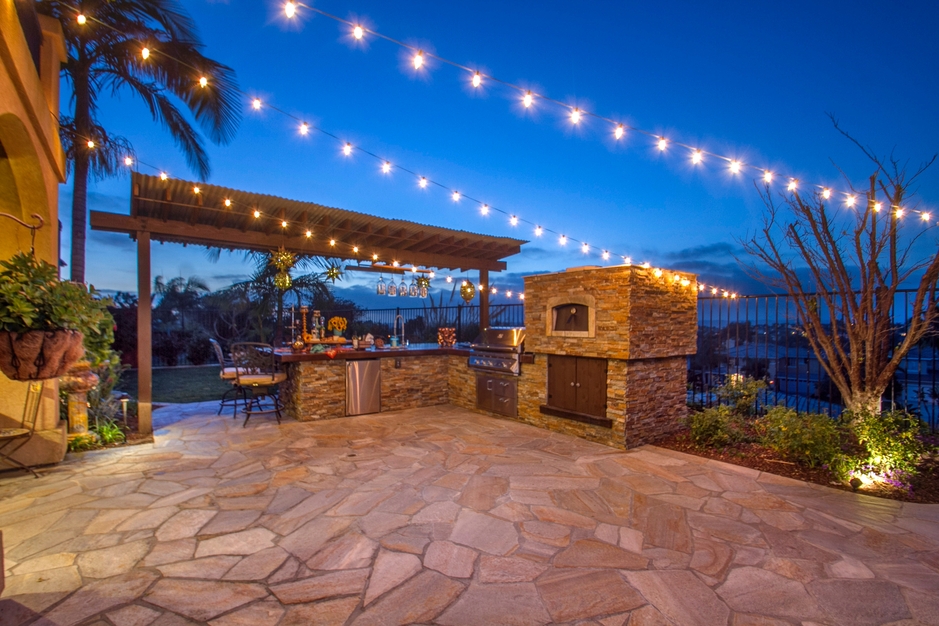 Photo courtesy of Coastal Home Design Studio
Photo courtesy of Coastal Home Design Studio
Putting up string lights to give your backyard some ambiance? That’s a great look–but don’t forget that you’re dealing with electricity. A poorly-placed or unsafe wire could result in a fire, especially when it’s hung in trees or on wooden structures such as fences or pergolas. A dark wire placed where neighbors walk can even create a dangerous tripping hazard, and loose connections are potentially harmful to neighbors’ dogs and cats. Be sure to carefully check any electrical additions for potential dangers, and to make sure any cords are well-marked, well-maintained, and placed out of the way of neighbors.
Making landscaping additions is a fun way to start the warm season. Follow these tips to make sure that your plans stay fun for everyone.
Top Image Credit: Coastal Home Design Studio
What changes do you plan to make to your property this spring?


